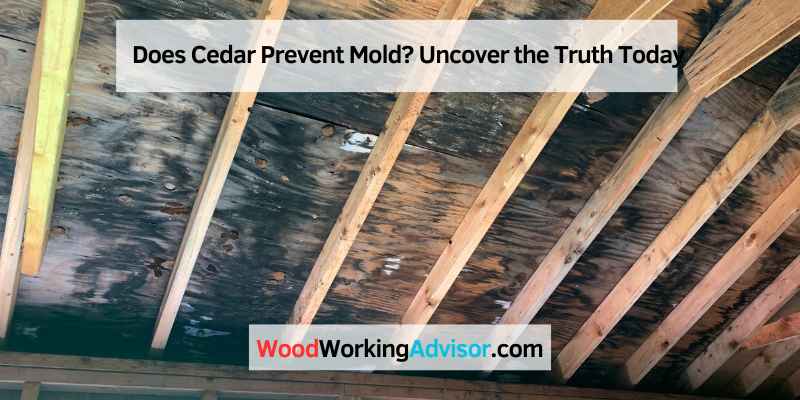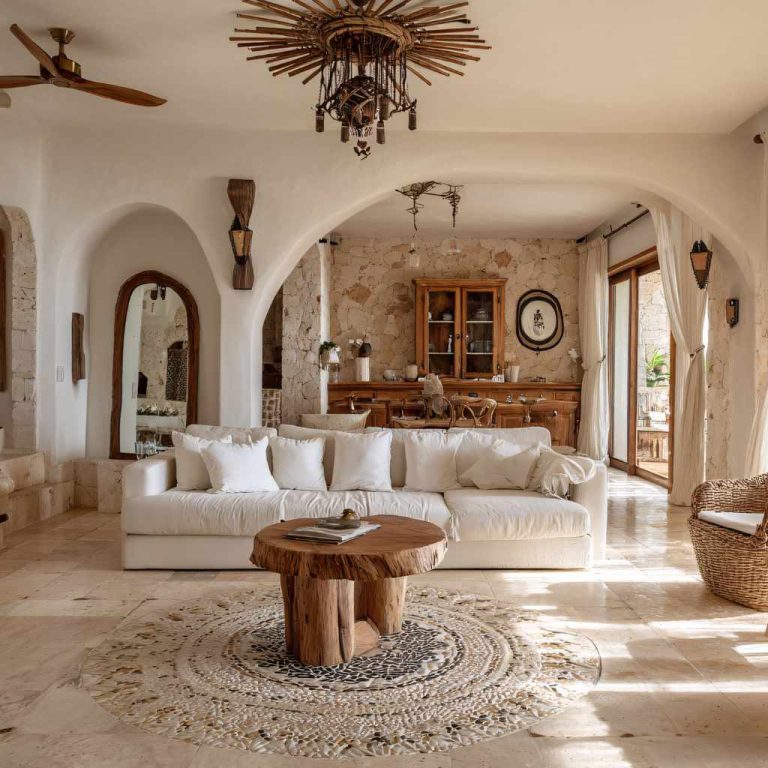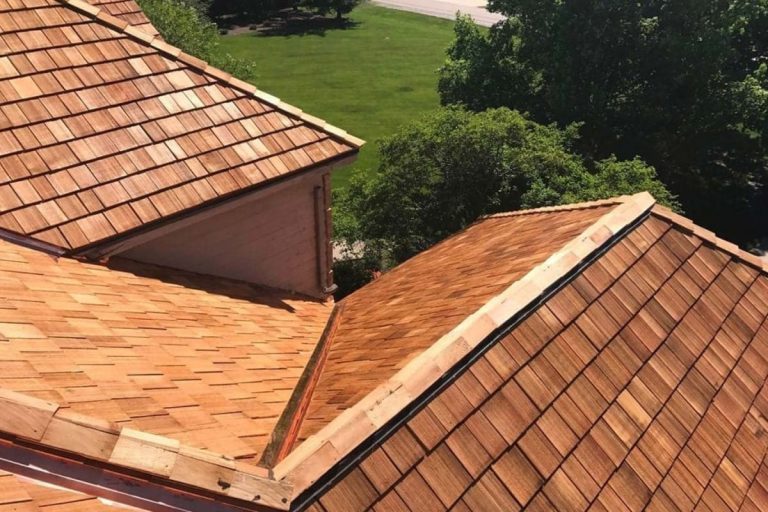Does Cedar Prevent Mold? Uncover the Truth Today
Yes, cedar prevents mold due to its natural properties that repel moisture and inhibit mold growth. Cedar’s anti-fungal qualities make it an effective solution for preventing mold in various settings.
From closets to outdoor furniture, cedar is a popular choice for keeping mold at bay. Its aromatic scent not only deters pests but also helps maintain a fresh environment. The use of cedar products is a natural and eco-friendly way to prevent mold, ensuring a healthier and mold-free space.
Let’s explore the benefits of cedar in mold prevention and how it can be a sustainable solution for your home and belongings.
Cedar’s Natural Properties
Resistant Qualities
Cedar wood possesses natural properties that make it highly resistant to mold. The wood contains natural oils and compounds that act as a deterrent to mold growth, making it an ideal choice for areas prone to moisture and humidity.
Historical Uses In Construction
Historically, cedar has been used in construction for its durable and rot-resistant qualities. Its natural resistance to mold and mildew makes it a preferred material for outdoor applications, such as siding, decking, and fencing.
Mold Growth Conditions
Cedar wood naturally contains oils that can help prevent mold growth by creating an inhospitable environment for mold spores. The oils in cedar wood act as a natural fungicide, making it resistant to mold in humid conditions.
Environmental Factors
When it comes to mold growth, certain environmental factors play a crucial role. Understanding these factors can help us determine whether cedar is effective in preventing mold. Let’s delve into the key environmental conditions that promote mold growth:
Common Mold Habitats
Mold can thrive in various habitats, both indoor and outdoor. Here are some common places where mold tends to grow:
- Basements and crawl spaces
- Bathrooms and kitchens
- Attics and roof leaks
- Window sills and frames
- Damp or flooded areas
- Humid climates
- Areas with poor ventilation
These environments provide the ideal conditions for mold to flourish, characterized by moisture, warmth, and organic matter for mold to feed on. Mold spores can easily become airborne and spread throughout the property, posing health risks to occupants and causing damage to structures.
Now that we understand the environmental factors and common habitats that promote mold growth, let’s explore whether cedar can effectively prevent mold.
Scientific Evidence
Scientific Evidence: Various studies have examined whether cedar wood possesses properties that prevent mold growth.
Research On Cedar And Mold
Cedar contains natural oils that exhibit antimicrobial properties, inhibiting mold growth.
Comparative Analysis With Other Woods
Compared to other woods, cedar has shown higher effectiveness in preventing mold due to its unique chemical composition.
Cedar In Modern Construction
Cedar is a popular material used in modern construction due to its durability and natural resistance to decay. While it does not prevent mold entirely, the natural oils in cedar can inhibit its growth, making it a good option for areas prone to moisture and humidity.
Cedar is a type of wood that has been used for centuries in construction due to its durability, resistance to rot, and natural insect repellent properties. In modern times, cedar has become increasingly popular as a building material for both its aesthetic appeal and its ability to prevent the growth of mold.
Building Material Choices
When it comes to choosing building materials for your construction project, there are many options available. However, cedar stands out as a top choice for those looking to prevent mold growth. Cedar wood contains natural oils that act as a fungicide, making it an effective barrier against mold and mildew.
Incorporation In Design For Mold Prevention
In addition to being used as a building material, cedar can also be incorporated into the design of a building to prevent mold growth. For example, cedar shingles or siding can be used on the exterior of a building to create a moisture-resistant barrier. Cedar can also be used for interior paneling or flooring to prevent moisture buildup and subsequent mold growth.
Benefits of Cedar in Modern Construction:
- Effective natural fungicide to prevent mold growth
- Durable and resistant to rot
- Natural insect repellent properties
- Aesthetic appeal for both interior and exterior design
- Moisture-resistant properties
Overall, cedar is an excellent choice for those looking to prevent mold growth in modern construction. Its natural fungicide properties, durability, and aesthetic appeal make it a versatile building material for both interior and exterior design. By incorporating cedar into your construction project, you can ensure a mold-free environment and a long-lasting structure.
Maintenance And Care
Maintenance and care of cedar is crucial to ensure its longevity and effectiveness in preventing mold growth. Proper care can preserve cedar’s integrity and keep it looking great for years to come. Here are some tips to help you maintain your cedar:
Preserving Cedar’s Integrity
To keep cedar in good condition and prevent mold growth, it’s important to take care of it properly. Here are some ways you can preserve cedar’s integrity:
- Regularly clean cedar with a soft cloth or brush to remove dust and debris
- Avoid using harsh chemicals or abrasives on cedar
- Seal cedar with a protective coating to prevent moisture from getting inside
- Store cedar in a cool, dry place when not in use to prevent mold growth
Tips For Longevity
With proper care, cedar can last for many years. Here are some tips to help you get the most out of your cedar:
- Avoid exposing cedar to direct sunlight for extended periods of time
- Keep cedar away from moisture and humidity
- Regularly inspect cedar for signs of damage or wear
- Apply a fresh coat of protective coating every few years to keep cedar looking great
By following these tips, you can ensure that your cedar remains effective in preventing mold growth and looks great for years to come.
Limitations And Considerations
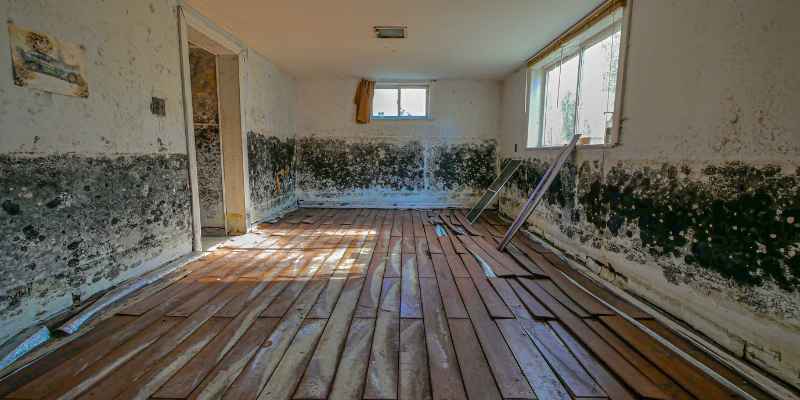
When considering the effectiveness of cedar in preventing mold, it’s crucial to acknowledge certain limitations and considerations. Understanding the factors that influence its performance and debunking common misconceptions can provide a clearer perspective on its potential benefits.
Factors Affecting Performance
Cedar’s ability to prevent mold can be influenced by various factors, including humidity levels, air circulation, and proximity to water sources. These variables can impact the overall effectiveness of cedar in mold prevention.
Misconceptions Debunked
Despite popular belief, cedar does not entirely eliminate the risk of mold. It can only serve as a preventative measure by creating an environment less conducive to mold growth. Additionally, cedar’s effectiveness may diminish over time and may require periodic maintenance to sustain its mold-preventing properties.
Alternative Solutions
When it comes to preventing mold, cedar is a popular choice due to its natural resistance to fungi and moisture. However, there are alternative solutions that can complement the effectiveness of cedar in mold prevention.
Other Mold Resistant Materials
Aside from cedar, there are several other materials known for their mold-resistant properties. These include:
- Bamboo: A sustainable and durable option that naturally resists mold and mildew.
- Teak: Known for its natural oils that make it resistant to moisture and mold.
- Aluminum: A non-porous and moisture-resistant material ideal for mold prevention.
Integrating Cedar With Other Solutions
Combining cedar with other mold-resistant materials and solutions can enhance the overall effectiveness of mold prevention. This can be achieved by:
- Using cedar-lined storage containers in conjunction with bamboo or teak shelving for a comprehensive mold-resistant storage solution.
- Installing cedar paneling in bathrooms and integrating aluminum fixtures to create a moisture-resistant environment.
Making The Right Choice
When it comes to preventing mold, choosing the right solution is crucial. Cedar is a popular choice for preventing mold due to its natural properties. Before making a decision, it’s essential to assess your needs and conditions and consult with professionals to ensure you’re making the right choice.
Assessing Needs And Conditions
Assessing your specific needs and the conditions of the environment where mold prevention is required is the first step. Consider factors such as humidity levels, ventilation, and the presence of existing mold. Understanding these elements will help determine if cedar is the right choice for mold prevention.
Consulting With Professionals
Consulting with professionals in the field of mold prevention is crucial. Seeking advice from experts will provide valuable insights into whether cedar is suitable for your specific situation. Professionals can also offer guidance on the proper application and maintenance of cedar for mold prevention.
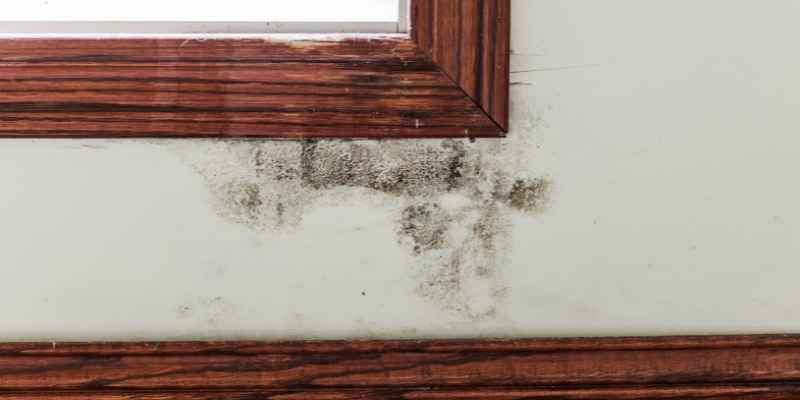
Frequently Asked Questions
Does Cedar Wood Repel Mold?
Yes, cedar wood repels mold due to the presence of natural oils and compounds that inhibit the growth of mold and mildew. It is a natural and effective way to prevent mold growth in humid environments.
Does Cedar Keep Moisture Out?
Yes, cedar naturally repels moisture due to its aromatic oils. It helps keep items dry and protected.
Does A Cedar Closet Prevent Mold?
Yes, a cedar closet can help prevent mold. Cedar wood contains natural oils that repel moisture and inhibit the growth of mold and mildew. Its aromatic properties also mask musty odors. Regular maintenance, such as keeping the closet clean and dry, is important for optimal mold prevention.
Do Cedar Balls Prevent Mold?
Yes, cedar balls can help prevent mold due to their natural ability to absorb moisture. Placing them in closets and storage areas can inhibit mold growth.
Conclusion
Cedar can be effective in preventing mold naturally. Its antimicrobial properties and moisture resistance make it a good choice for mold prevention. By incorporating cedar into your environment, you can create a healthier and mold-free space. Consider using cedar to safeguard against mold growth.

